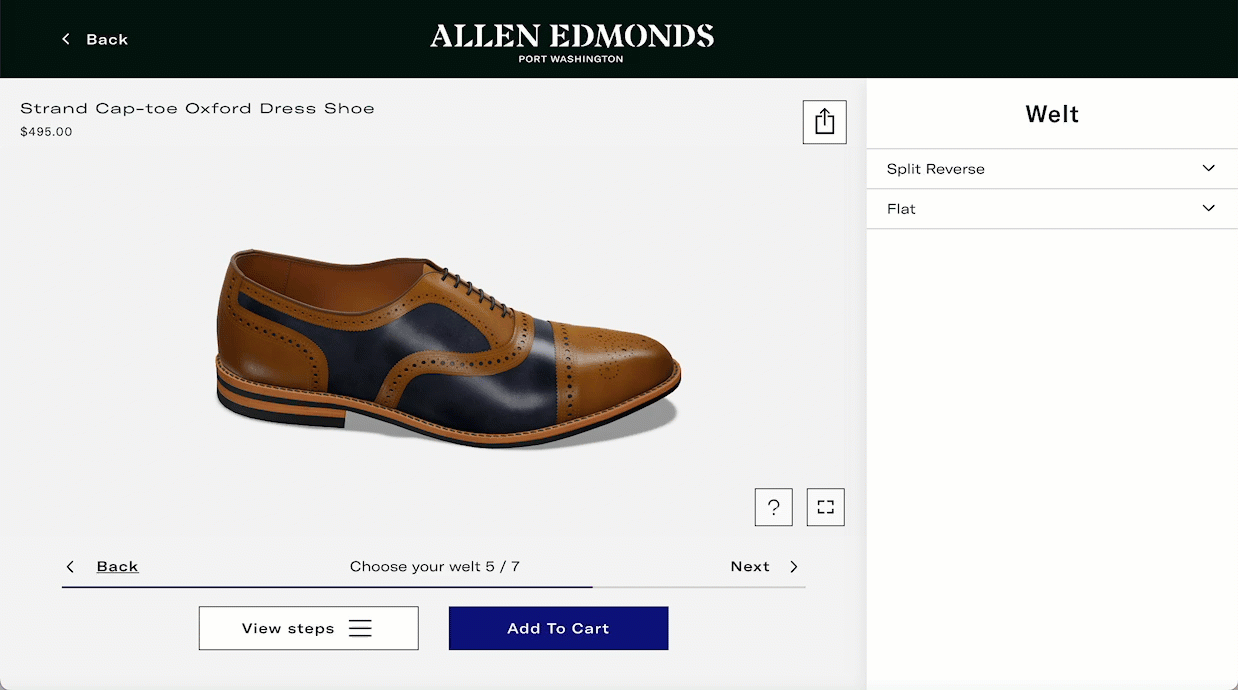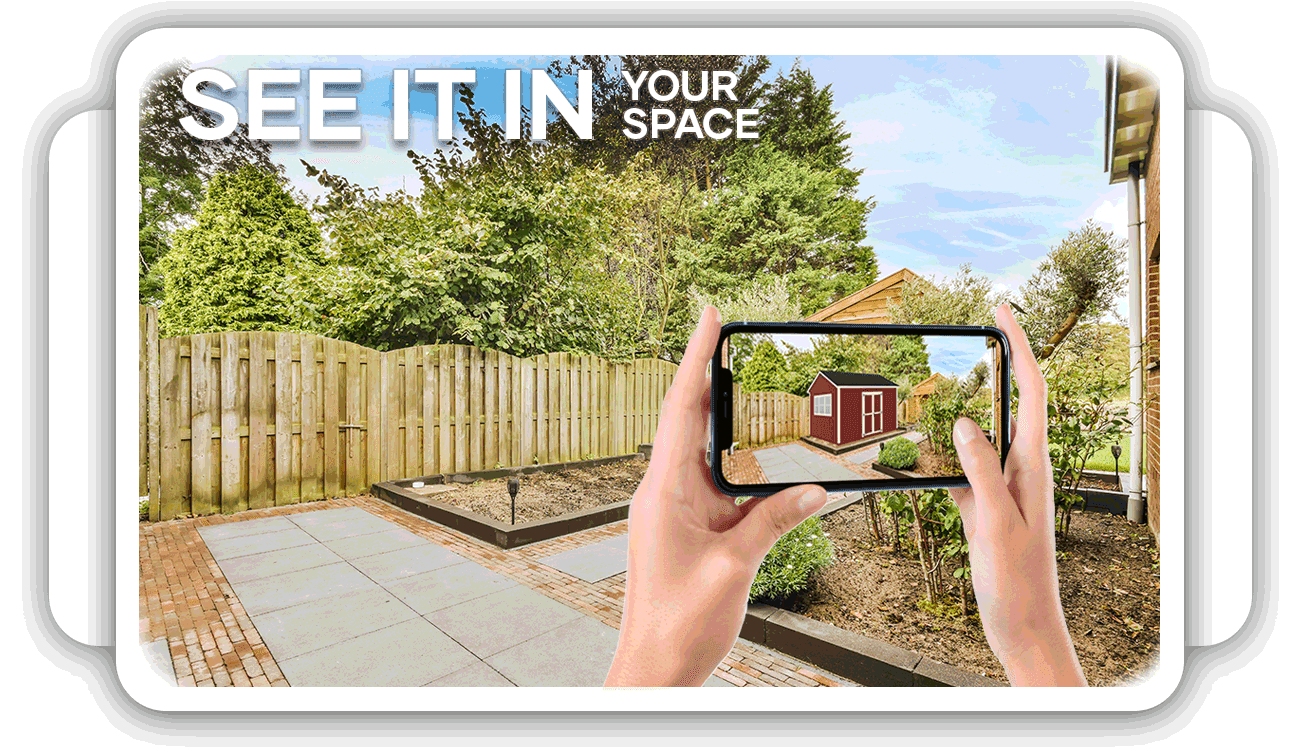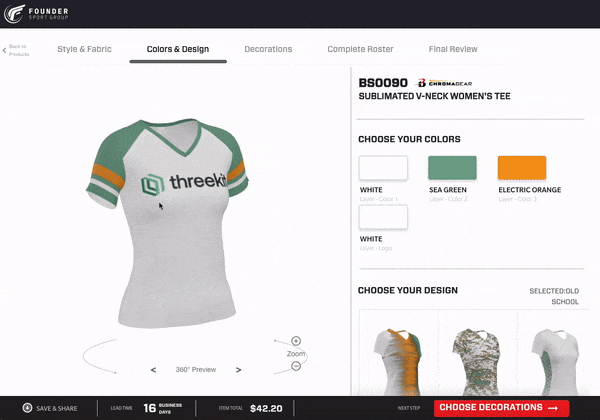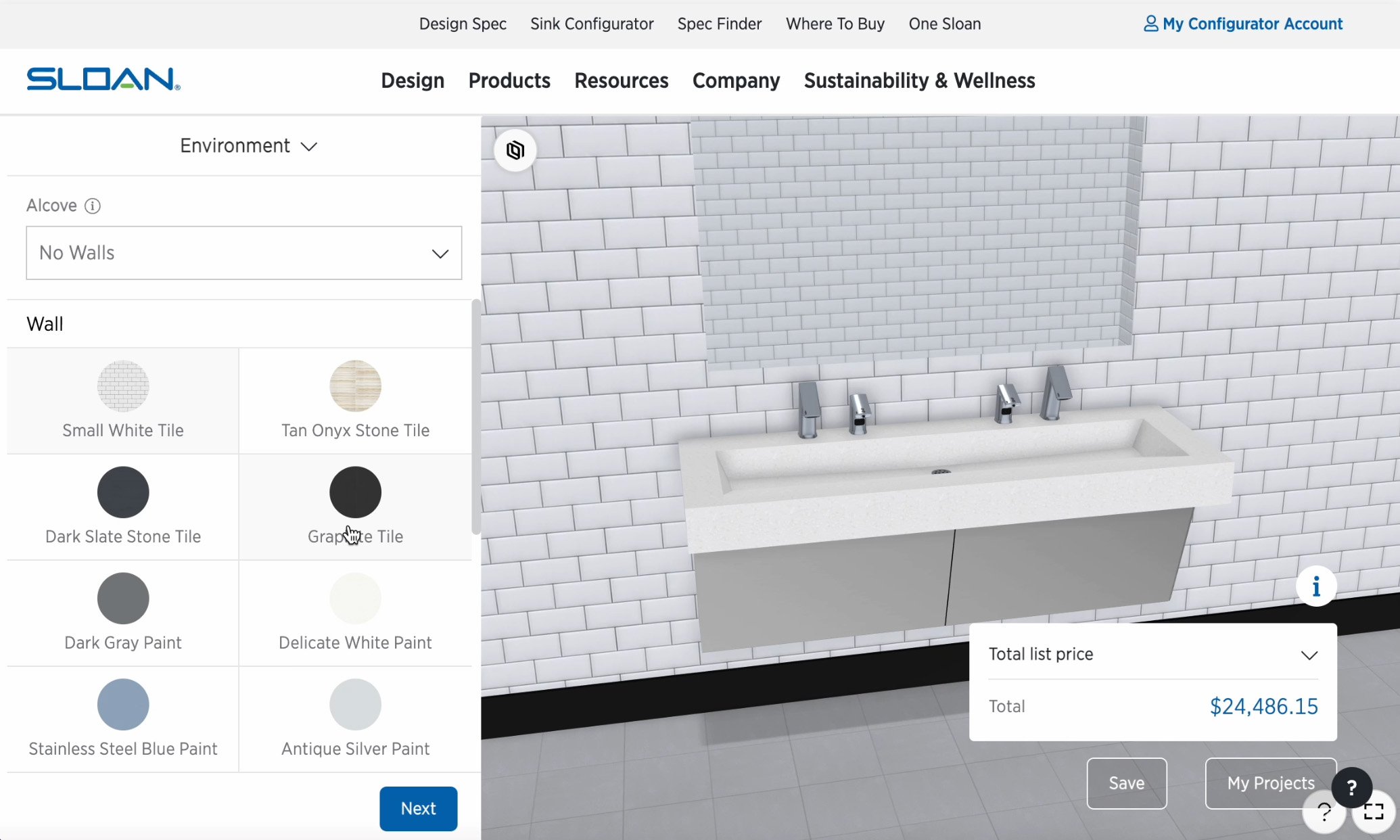Understanding eCommerce Product Configurators
E-commerce product configurators are revolutionizing the way customers interact with online shopping platforms. They empower consumers to personalize their purchases and play a transformative role in the digital marketplace. Read on to learn more about product configurators, how they can benefit your e-commerce business, and how best to implement them with your current systems.
The Role of Product Configurators in E-Commerce

Benefits of Product Configurators
Product configurators have the ability to greatly enhance the customer experience and streamline the purchasing process by giving customers the ultimate personalization experience. Not only does it increase customer satisfaction and reduce returns but it also fosters a deeper connection with your brand. Increasing the interaction and engagement in the shopping experience allows customers to actively engage, giving them more ownership over the product.
Real-time visualization capabilities, such as 3D models and detailed renderings, further enhance customer engagement and reduce errors. Predefined configurations enable businesses to cater to specific market segments effectively, addressing diverse customer needs and preferences. Product configurators significantly reduce errors in the configuration process, leading to informed decisions and eliminating misunderstandings and dissatisfaction.
Challenges of Implementing Product Configurators
While product configurators are a boon for e-commerce, their implementation is not without challenges. One significant hurdle is the complexity of configurations. Advanced products come with a multitude of variables, and a deep understanding of product architecture is crucial for a successful configurator setup.
Integration with existing enterprise systems, such as Enterprise Resource Planning (ERP), is another critical aspect. A seamless integration ensures that the configurator works in harmony with the business's operational backbone, maintaining data consistency and process efficiency.
Tip: Start with a clear plan and involve stakeholders from various departments to ensure the configurator aligns with all aspects of the business.
Here are some common challenges faced when implementing product configurators:
- Balancing flexibility with structure to meet customer needs while maintaining predefined configurations.
- Designing user-friendly interfaces that cater to both sales teams and end customers.
- Ensuring the configurator's flexibility and scalability to adapt to changing business needs.
- Addressing the implementation complexity, particularly for products with intricate designs and specifications.
Designing an Effective Product Configurator

User Experience Considerations
Creating a user-friendly interface for e-commerce product configurators can be challenging, especially when dealing with complex products. Simplifying the user experience, providing clear instructions, and incorporating intuitive design elements are crucial for overcoming this challenge, as is ensuring seamless integration with existing e-commerce platforms.
Compatibility with various platforms, such as Shopify, Magento, or WooCommerce, requires careful planning and execution. Managing a large database of attributes and ensuring that configurations align with production capabilities requires robust data management. Integrating attribute-based configurators with enterprise resource planning (ERP) systems can help maintain accurate data and facilitate seamless order processing.
Several other considerations to facilitate integration are conducting usability testing to help refine the interface based on user feedback, providing adequate training, and integrating with other systems like CRM and ERP.
Customization Options
In the realm of e-commerce, the ability to offer customization options is a significant competitive advantage. It allows customers to tailor products to their specific preferences, enhancing the overall shopping experience. Here are some key considerations for providing customization options:
- Variety of Choices: Offer a wide range of elements that can be customized, such as color, size, material, and design. This variety caters to diverse customer tastes and increases the likelihood of a purchase.
- User-Friendly Interface: Ensure the configurator interface is intuitive and easy to navigate. A complex system can deter users from engaging with the customization process.
- Real-Time Visualization: Implement features that allow customers to see changes in real time as they customize their product. This immediate feedback is crucial for customer satisfaction.
- Price Transparency: Clearly display how each customization affects the overall cost. Customers appreciate transparency and it helps them make informed decisions.
Tip: Always balance the level of customization with the ease of use. Overly complex options can overwhelm customers and negatively impact their experience.
Customization not only serves external customers but also aids in internal processes such as prototyping and development. It can be instrumental in finalizing product designs and testing functionality before creating physical models. Additionally, configurators can be part of enterprise training programs, helping employees understand product variations and maintenance operations.
The Future of Product Configurators
The integration of AI in product configurators is a promising avenue. AI algorithms can analyze customer behavior, predict preferences, and make intelligent recommendations, further enhancing the personalization aspect.
The marriage of product configurators with augmented reality (AR) also opens new opportunities for immersive and interactive product customization experiences.
In today's digital age, integrating product configurators with e-commerce platforms is essential for providing a seamless and personalized shopping experience. With Threekit's advanced 3D visualization technology, you can empower your customers to customize and visualize products in real time, leading to increased engagement and conversion rates. Schedule a demo with Threekit's 3D experts to witness the power of visual commerce in action.



